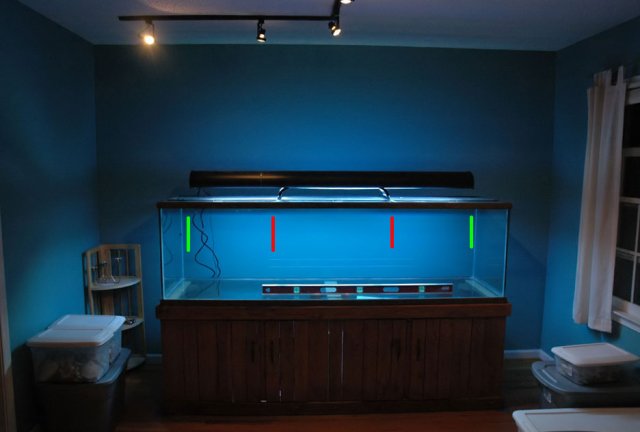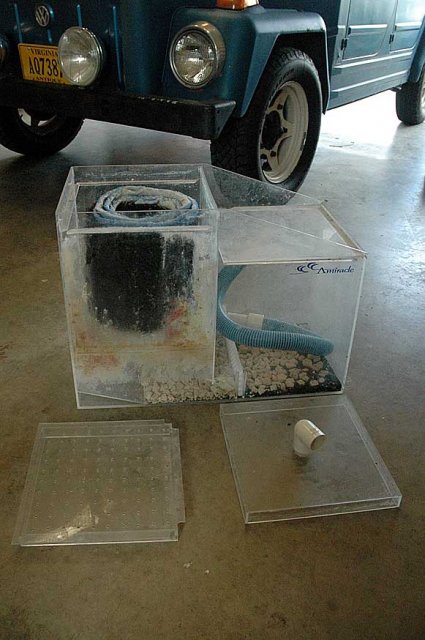Yeah I meant rock in general. It will become live rock and perform the biological filtration once you cycle the tank.
The biowheels and canister filters with media in them provide a place for detritus to collect. Since water is flowing through there are no anaerobic areas. That means they can't complete the nitrogen cycle and you are left with nitrate building up. Live rock and sand beds have areas that are oxygen deprived and anaerobic bacteria will thrive. It converts nitrate into nitrogen gas. You best bet is to use live rock rubble in the canister.
To give you an example when I had my 56gal tank I had a Rena XP2 canister filter with the media that came in it. I cleaned it every few days and still I couldn't keep my nitrates lower than 20ppm. I moved all the rock, sand and added more rock, and sand over to my new 90gal tank. My nitrates are <5 ppm constantly.
Some people like canister filters, it all comes down to personal preference. I just didn't have a good experience with it and found myself constantly cleaning the thing.
If you had a freshwater tank the canister filter with biowheel would be the way to go. The filter is the only thing in the tank that provide the biological filtration. Where as with saltwater you can setup a tank with just powerheads, live rock, and sand it be successful. The sump just provides a place for the equipment.
If you decide to setup the sump it shouldn't be too hard to do. You'll need a hang on back overflow. The water drains from there down to the sump. The overflow box skims the surface of the water so water will only drain when more water is put into the tank (return pump's job). So unless it clogs or breaks siphon the tank won't overflow or drain.
You need a return pump at the other end of the sump. Baffles are placed in the sump to divide the areas. The only thing you really need to take into consideration is the return lines. When you turn off the return pump the return lines will siphon water back into the sump until they suck in air. There are two methods to preventing a flood.
One place the return line an inch or two below the water surface. Then only that much water will drain out of the tank. This is the safest method. Or drill siphon break holes just below the surface of the water in the return pipe. Water will drain till those holes are exposed and air gets in stopping the siphon. However these holes can be clogged by snails, etc and you should clean them out when performing weekly maintenance.
Heres a link to my 90gal thread. Well that last upgrades to it. My tank came drilled with an overflow, but you can use the same idea for the returns and the sump. I have my skimmer, heater, macro algae, and phosban reactor in the sump. The live rock rubble where the return pump is cuts down on the micro bubbles. I was going to put in baffles to get rid of micro bubbles but I've read that they are ineffective in getting rid of the small bubbles. Only a longer sump or slower return flow will do that as they need time to rise to the surface.
http://www.aquariacentral.com/forums/showthread.php?t=119314
The baffles are 1/4" acrylic that I cut on a table saw. I secured them in place with GE I silicon. Since silicon doesn't stick well to acrylic so you need to place a nice bead on either side to act as a wall to keep it in place. You can use glass, but I couldn't find any local shops around here that sell it. The 1/16" or 1/8" glass you can get at Home Depot isn't going to cut it and can break easily if just that one compartment is filled. Some people will cut up an old glass tank to get their baffles.





